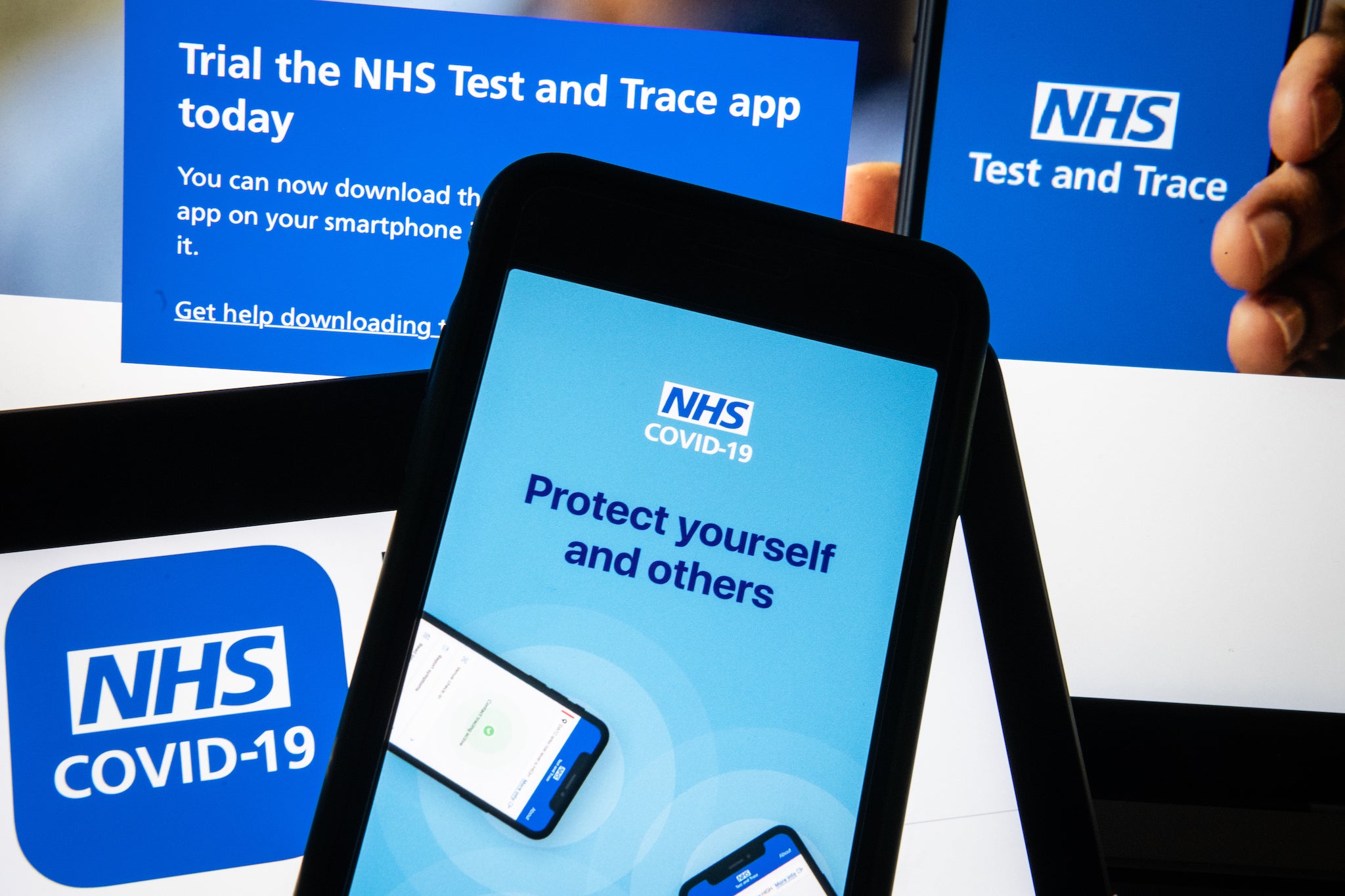
The NHS Covid-19 app has finally arrived, and with it the hope that it could help stop the spread of coronavirus.
The app intends to alert people when they might have been in contact with someone carrying the disease, and will encourage them to isolate and stop the spread when they are.
The rollout of the app has been marred by questions, controversy and U-turns that have forced a change of strategy. And while the new app is not without its problems, it has dealt with many of the issues that first greeted the app when it arrived.
Wasn’t this supposed to be out ages ago?
Yes. The NHS Covid-19 app has had a difficult development process and rollout, beset by both technical and ideological problems.
Initially, its developers had hoped for a centralised design, in which data would be sent to an official server that could then be used to conduct research as well as track exposures. But privacy and technical issues with that design led the government to abandon it, and instead use the decentralised approach that the app released today has, storing the important information on individual phones.
The government also changed its messaging on the app, as that process continued. It went from being a central plank of its test and trace plans to an extra add-on, as it became clear the app would be later and less efficacious than initially hoped.
It has now finally arrived, in a somewhat later and different fashion than initially planned, but with much of the same functionality as hoped.
How do I use it?
The app is fairly simple: you download it through either the Apple or Google app store, open it up, give it the necessary information and permissions, and then carry on as normal. For the most part, the app will do its work in the background.
If the government changes the risk status of your area or if you are found to have been exposed to someone who is positive, you’ll receive a notification.
You might also sometimes be asked to scan QR codes when you go into shops. That’s done from the menu screen.
How does it actually work?
The app is both broadcasting its own bluetooth signal as well as listening out for those from other phones. If an person then indicates through the app that they have tested positive, their phone will let the owners of other devices that it has been in contact with know, so that they can take precautions.
The precautions themselves will also be pushed through the app. It will give advice about self-isolating, and even provide a timer that will count down until it is safe to go out again.
The app also makes heavy use of QR codes that can be placed in shops, restaurants and other public places and scanned by people who visit them. Again, if that place becomes a known hotspot of coronavirus, the phones that have scanned those QR codes can alert their owners that they might need to take precautions.
Will this work everywhere?
For the moment, our app is limited to England and Wales. It isn’t able to track exposures from people in other countries, and other countries’ apps aren’t able to track people using this one.
That includes other nations within the UK: the NHS Covid-19 app doesn’t co-operate with the Scottish or Northern Irish one. Those two do, however, work together, and each of them works with the Irish one.
That’s because the technology underpinning it – made by Apple and Google – does offer the option to make these apps interoperable, even though it hasn’t been made use of by the developers of the England and Wales version. Its developers have committed to do so, and it should be coming in the future.
Will it work on every phone?
The app requires a set of both software and hardware technologies that are not found on every phone. As such, there are a considerable number of older devices that this won’t work on.
Phones need to have recent versions of iOS (13.5 or later) or Android (6, or “Marshmallow”, or later). They also need to have the Bluetooth Low Energy technology that allows for the bluetooth to work without taking up too much battery.
As you might expect, this has caused to some concern that the app is unhelpfully exclusive, and will leave out older and poorer people who are less likely to have newer devices.
Can people not put fake results into the app?
No. People can only mark themselves as positive if they have had it verified through a test – if they are, they will be given a code that is required to mark themselves as such, to avoid malicious positives that could quickly force people to stay at home with no actual need to do so.
That is intended to keep the system secured, and responds to concerns from experts that the app could be used for sophisticated attacks. But it does also mean that its success relies on the government’s testing regime, which has been the subject of sustained criticism.
Is the app finished?
No – more features are coming. As well as interoperability with other countries’ apps, developers have suggested that it could in the future include a “personal risk score”, which will watch out for how many bluetooth connections are discovered and warn people who are coming into contact with too many others that they might want to change their behaviour.
How does it compare to other countries’ apps?
It is mostly the same. It relies on Apple and Google technology that has become the standard for creating such apps, and so most countries’ services have the same foundations and functions.
This wasn’t always going to be the case. The government and the app’s creators received sustained criticism for going their own way with plans such as a centralised app, but have over time relented and taken the same approach of most other governments.
That is also what should make it relatively easy to tie together with other countries in the future, too, with the hope that people can use it as they move around internationally.
